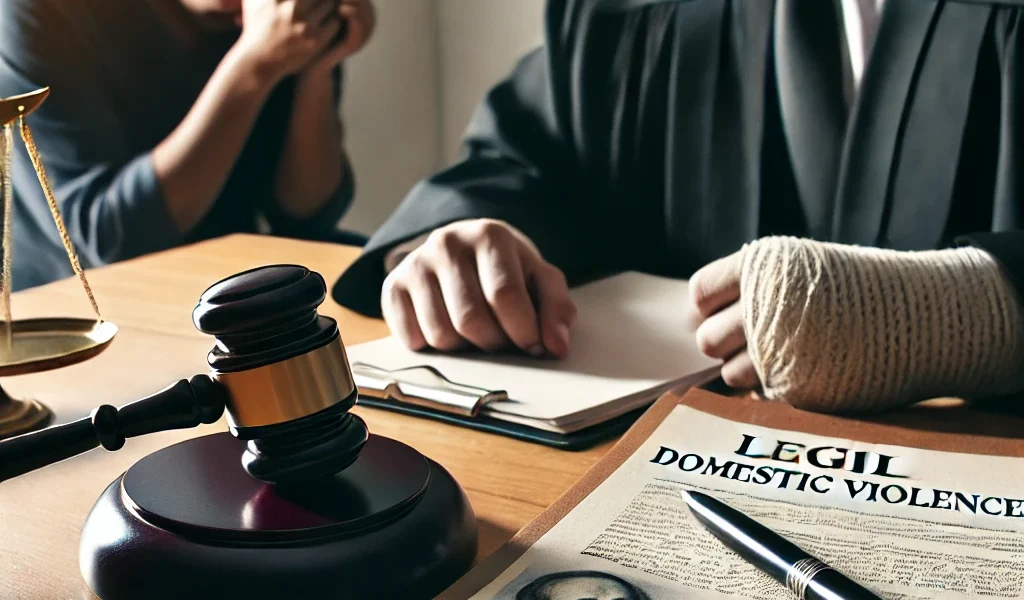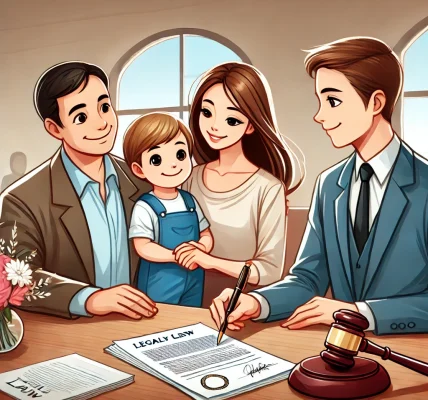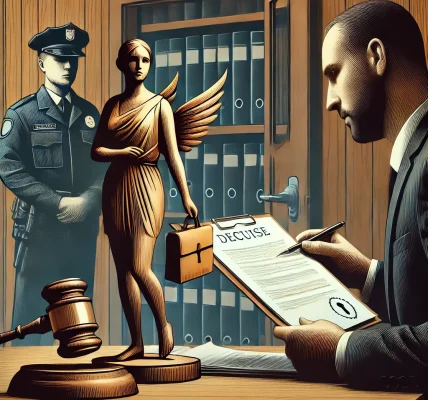Introduction
Domestic violence is a serious issue that affects millions of people worldwide. It encompasses physical, emotional, psychological, and financial abuse within familial or intimate relationships. Family law plays a crucial role in providing legal protections and remedies for victims, ensuring their safety, and holding perpetrators accountable.
This blog will explore the legal protections available for victims of domestic violence, including restraining orders, child custody considerations, legal aid, and other essential aspects of family law that help survivors reclaim their lives.
What Constitutes Domestic Violence?
Domestic violence is not limited to physical assault; it includes a range of abusive behaviors, such as:
- Physical Abuse – Hitting, slapping, choking, or any other form of bodily harm.
- Emotional and Psychological Abuse – Threats, intimidation, manipulation, or isolation.
- Sexual Abuse – Forced or non-consensual sexual activities.
- Financial Abuse – Controlling finances, withholding money, or preventing a partner from working.
- Verbal Abuse – Insulting, degrading, or continuously belittling a partner.
Recognizing these forms of abuse is the first step toward seeking legal protection and justice.
Legal Protections for Victims of Domestic Violence
Family law provides several legal measures to protect victims and prevent further harm. These include:
1. Restraining Orders (Protection Orders)
One of the most immediate legal protections for victims of domestic violence is obtaining a restraining order. These legal orders prevent an abuser from contacting, approaching, or harming the victim. Different types of restraining orders include:
- Emergency Protection Orders (EPOs) – Issued immediately in cases of imminent danger, usually valid for a few days.
- Temporary Restraining Orders (TROs) – Short-term legal orders granted by a court to protect the victim until a hearing.
- Permanent Restraining Orders – Long-term or indefinite protection orders granted after a court hearing.
2. Child Custody and Domestic Violence Considerations
When domestic violence occurs in a household, it significantly impacts child custody decisions. Courts prioritize the safety and well-being of the child, and the presence of domestic violence may lead to:
- Restricted or Supervised Visitation – The abusive parent may only visit the child under supervised conditions.
- Loss of Custody – In severe cases, the abusive parent may lose custody rights altogether.
- Protective Orders for Children – Courts can issue specific orders to ensure the child’s safety.
3. Filing Criminal Charges Against the Abuser
Victims have the right to press criminal charges against their abuser. Depending on the severity of the violence, the charges may include assault, harassment, or attempted murder. Legal consequences for the abuser may include:
- Arrest and prosecution
- Jail or prison sentences
- Probation and mandatory counseling
4. Divorce and Legal Separation Protections
For victims married to their abusers, family law offers legal avenues for divorce or legal separation. In many jurisdictions, domestic violence can be a valid ground for:
- Filing for Divorce – Some states allow a faster divorce process if domestic violence is proven.
- Spousal Support (Alimony) – Courts may order financial support for the victim, particularly if financial abuse was involved.
- Division of Property – Victims may receive a more favorable division of marital assets due to the abuse endured.
5. Emergency Shelters and Support Services
Legal protection extends beyond the courtroom. Many governments and non-profit organizations offer:
- Emergency shelters for victims and their children.
- Counseling services and support groups.
- Legal aid and representation for victims unable to afford a lawyer.
Steps to Take If You Are a Victim of Domestic Violence
If you or someone you know is experiencing domestic violence, taking the following steps can help ensure safety and legal protection:
1. Call Emergency Services
If you are in immediate danger, call the police or emergency helpline. Authorities can intervene, provide protection, and file reports.
2. Seek Medical Attention
If you have sustained injuries, seek medical care immediately and document all injuries with photographs and medical reports.
3. Gather Evidence
Keeping a record of abuse can be crucial in legal proceedings. Document:
- Photos of injuries and damaged property
- Messages, emails, or voicemails containing threats
- Witness testimonies
4. Contact a Family Law Attorney
Legal professionals specializing in family law can guide victims through the legal process, including filing for protection orders, custody arrangements, and divorce proceedings.
5. Find a Safe Place
If staying in the home is unsafe, seek emergency housing through shelters or trusted friends and family members.
6. Apply for a Protection Order
Filing for a restraining order can provide immediate legal protection and prevent the abuser from making contact.
Challenges in Domestic Violence Cases
Despite legal protections, victims of domestic violence may face challenges, including:
- Fear of Retaliation – Many victims hesitate to report abuse due to fear of revenge.
- Financial Dependence – Economic dependence on the abuser may prevent victims from leaving.
- Legal Complexity – The legal system can be overwhelming, especially for victims unfamiliar with their rights.
Conclusion
Domestic violence is a grave issue that affects individuals and families across all backgrounds. Family law provides crucial legal protections to safeguard victims, secure their rights, and hold abusers accountable.




